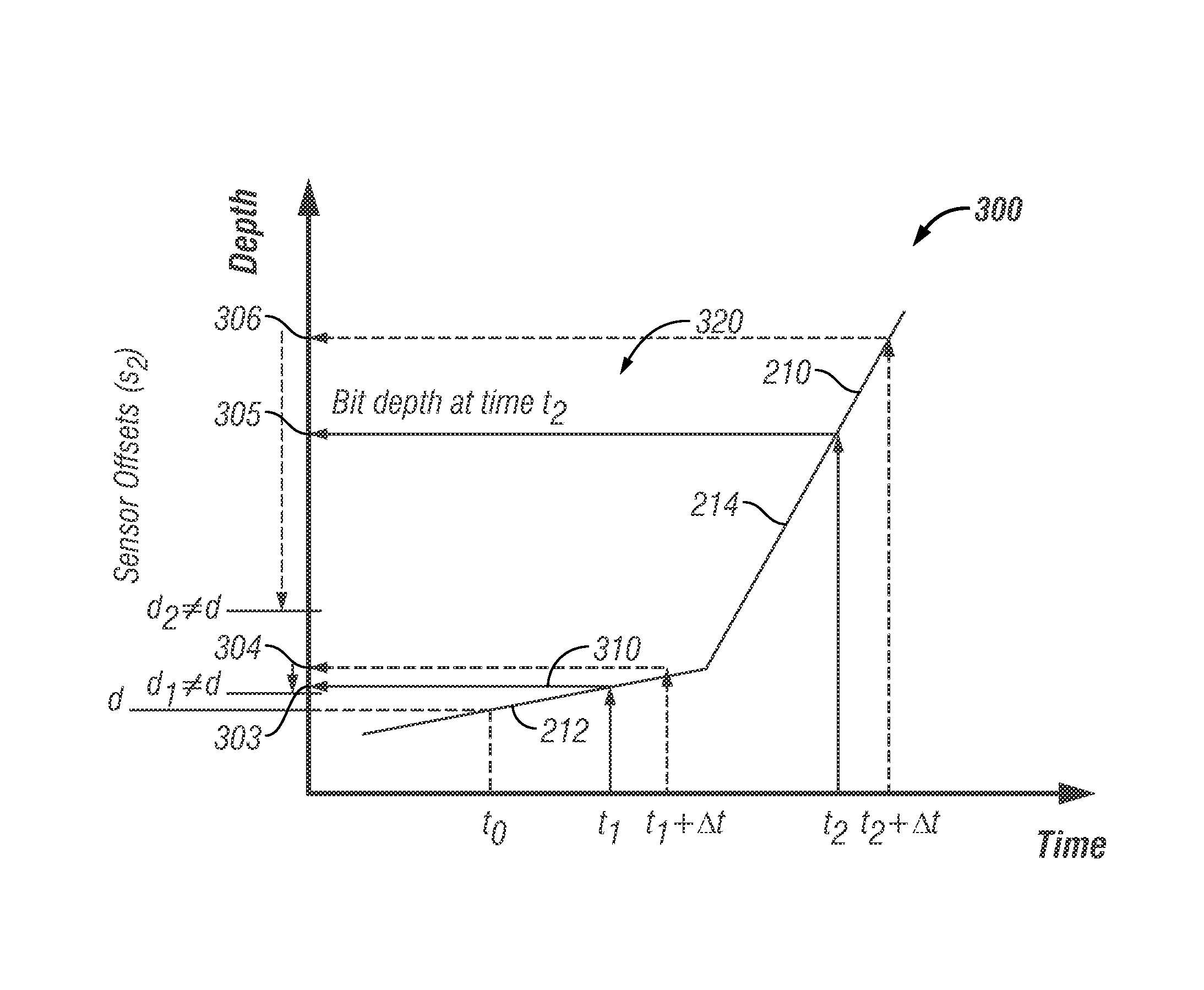Apparatus and method for clock shift correction for measurement-while-drilling measurements
a technology of clock shift and measurement, applied in the field of downhole measurement correction, can solve the problems of affecting the accuracy of the final log, erroneous depth placement of the measurement, and the use of downhole clocks in relatively harsh environments
- Summary
- Abstract
- Description
- Claims
- Application Information
AI Technical Summary
Benefits of technology
Problems solved by technology
Method used
Image
Examples
Embodiment Construction
[0022]FIG. 1 shows a schematic diagram of a drilling system 10 according to one embodiment of the disclosure that includes a drillstring 20 having a drilling assembly 90, also referred to as a bottomhole assembly (BHA), conveyed in a borehole 26 for drilling a wellbore 26 in an earth formation. The drilling system 10 includes a conventional derrick 11 erected on a floor 12 that supports a rotary table 14 that is rotated by a prime mover, such as an electric motor (not shown), at a desired rotational speed. The drillstring 20 may include drilling tubulars 22 (such as a drill pipe) sections. A drill bit 50, attached to the end of the BHA 90, disintegrates the geological formations 60 when it is rotated to drill the borehole 26. The drillstring 20 is coupled to a drawworks 30 via a kelly joint 21, swivel 28 and line 29 through a pulley. During the drilling operations, the drawworks 30 is operated to control the weight on bit (WOB), which affects the rate of penetration (ROP). The opera...
PUM
 Login to View More
Login to View More Abstract
Description
Claims
Application Information
 Login to View More
Login to View More - R&D
- Intellectual Property
- Life Sciences
- Materials
- Tech Scout
- Unparalleled Data Quality
- Higher Quality Content
- 60% Fewer Hallucinations
Browse by: Latest US Patents, China's latest patents, Technical Efficacy Thesaurus, Application Domain, Technology Topic, Popular Technical Reports.
© 2025 PatSnap. All rights reserved.Legal|Privacy policy|Modern Slavery Act Transparency Statement|Sitemap|About US| Contact US: help@patsnap.com



